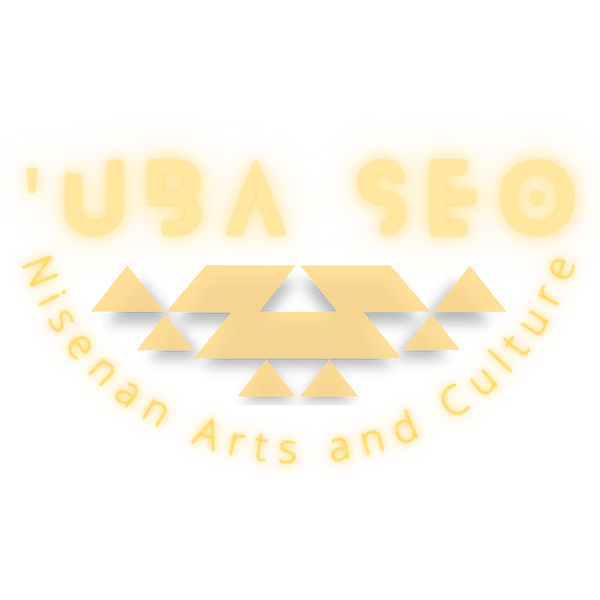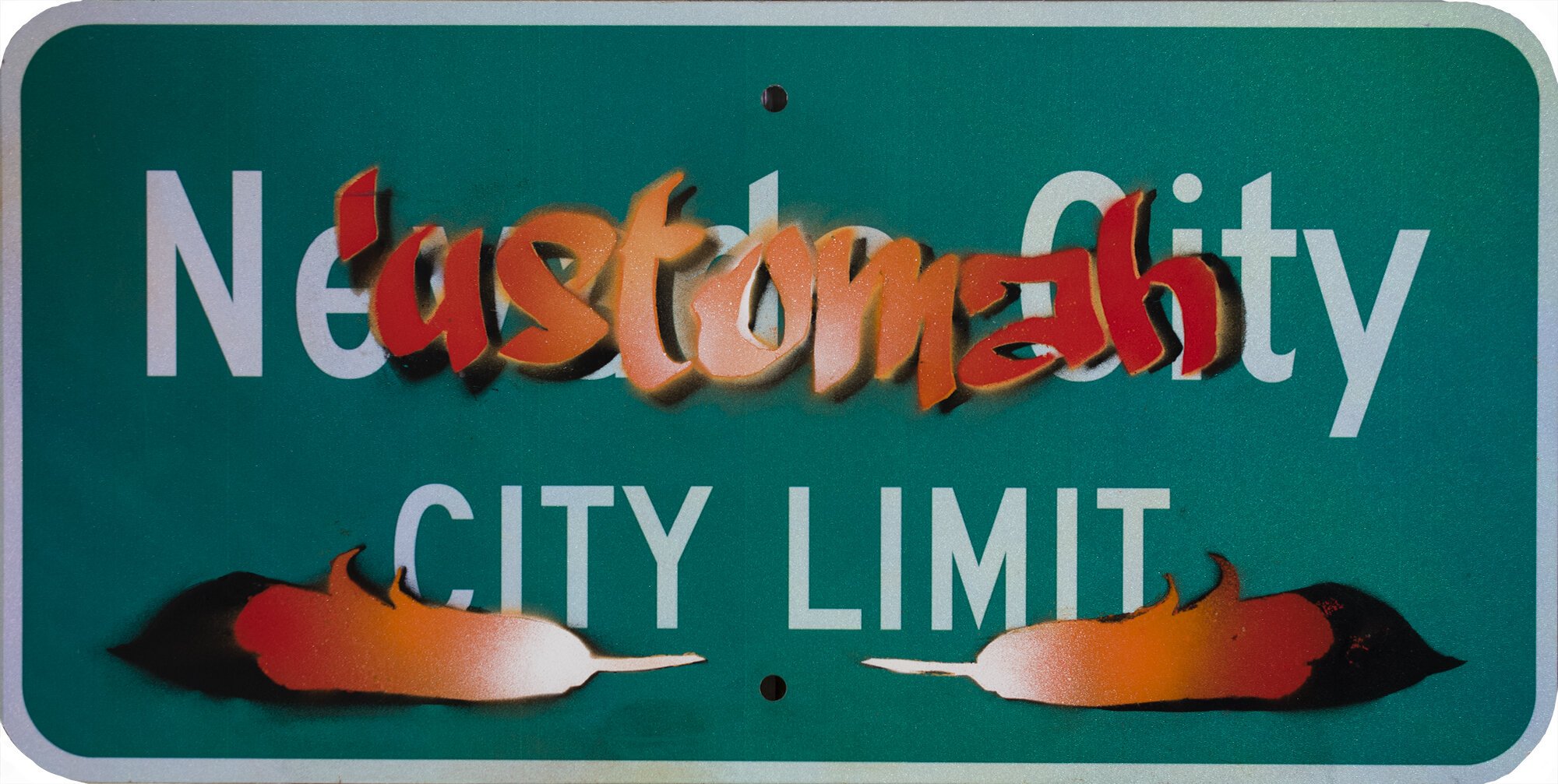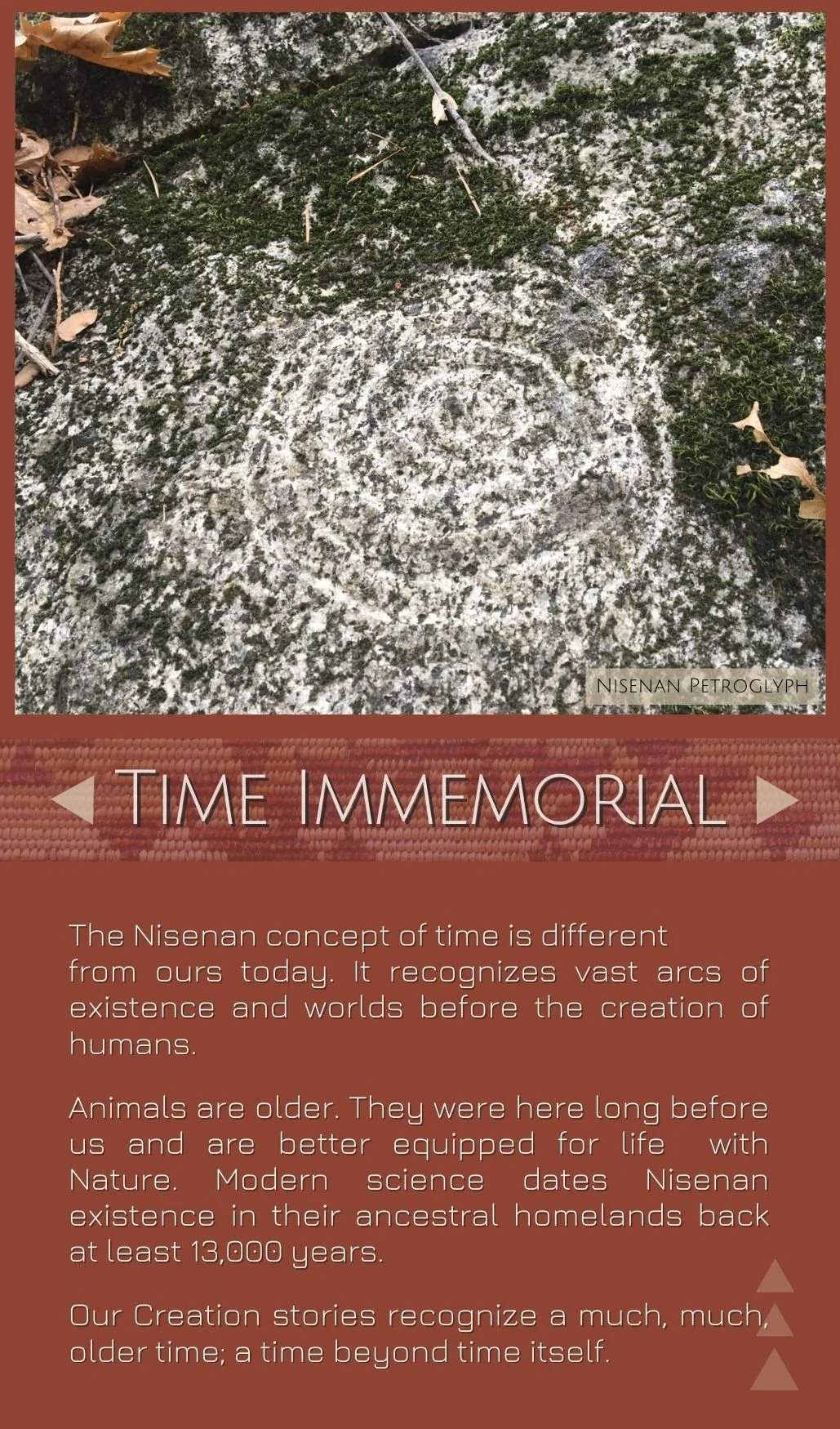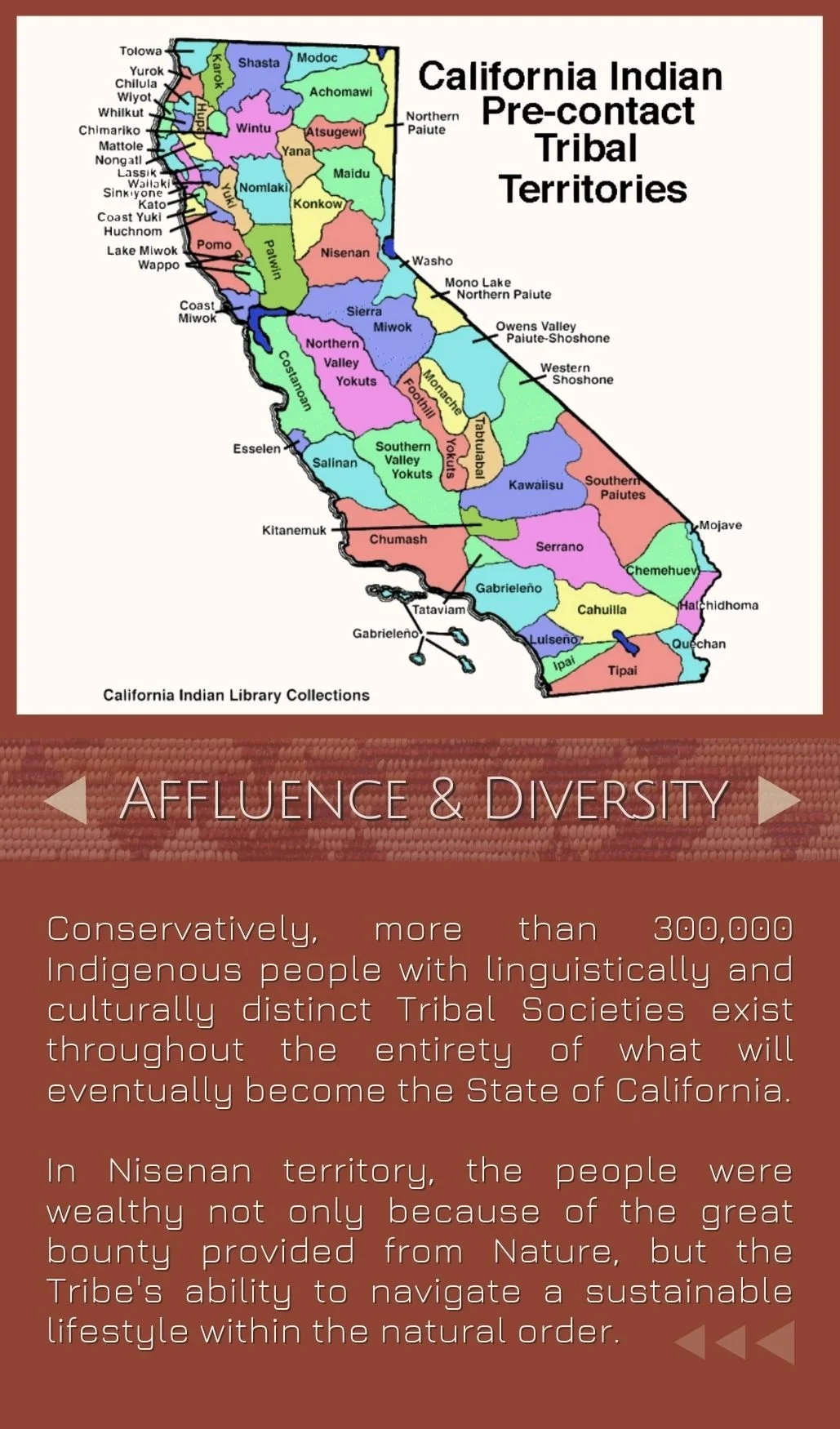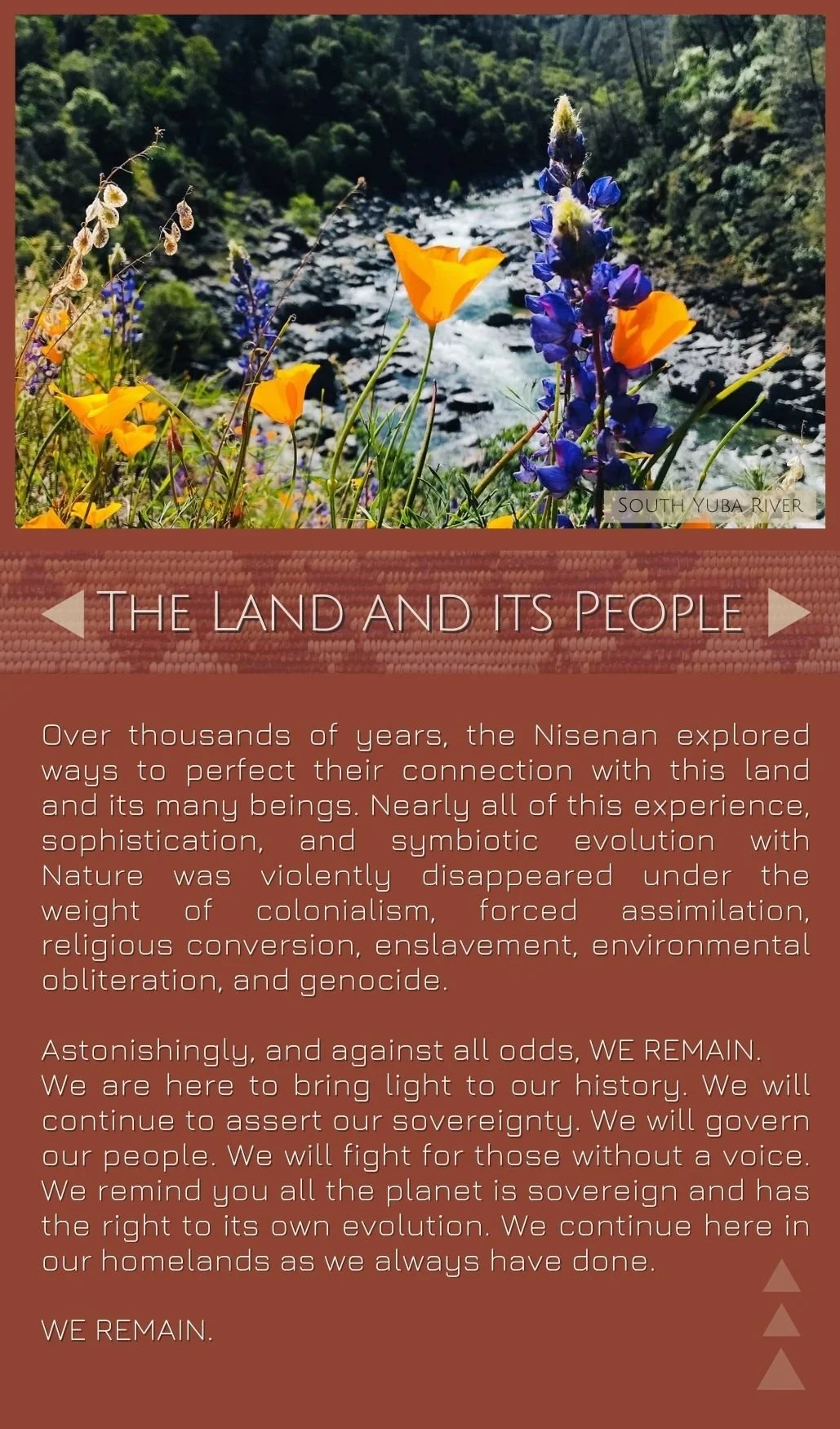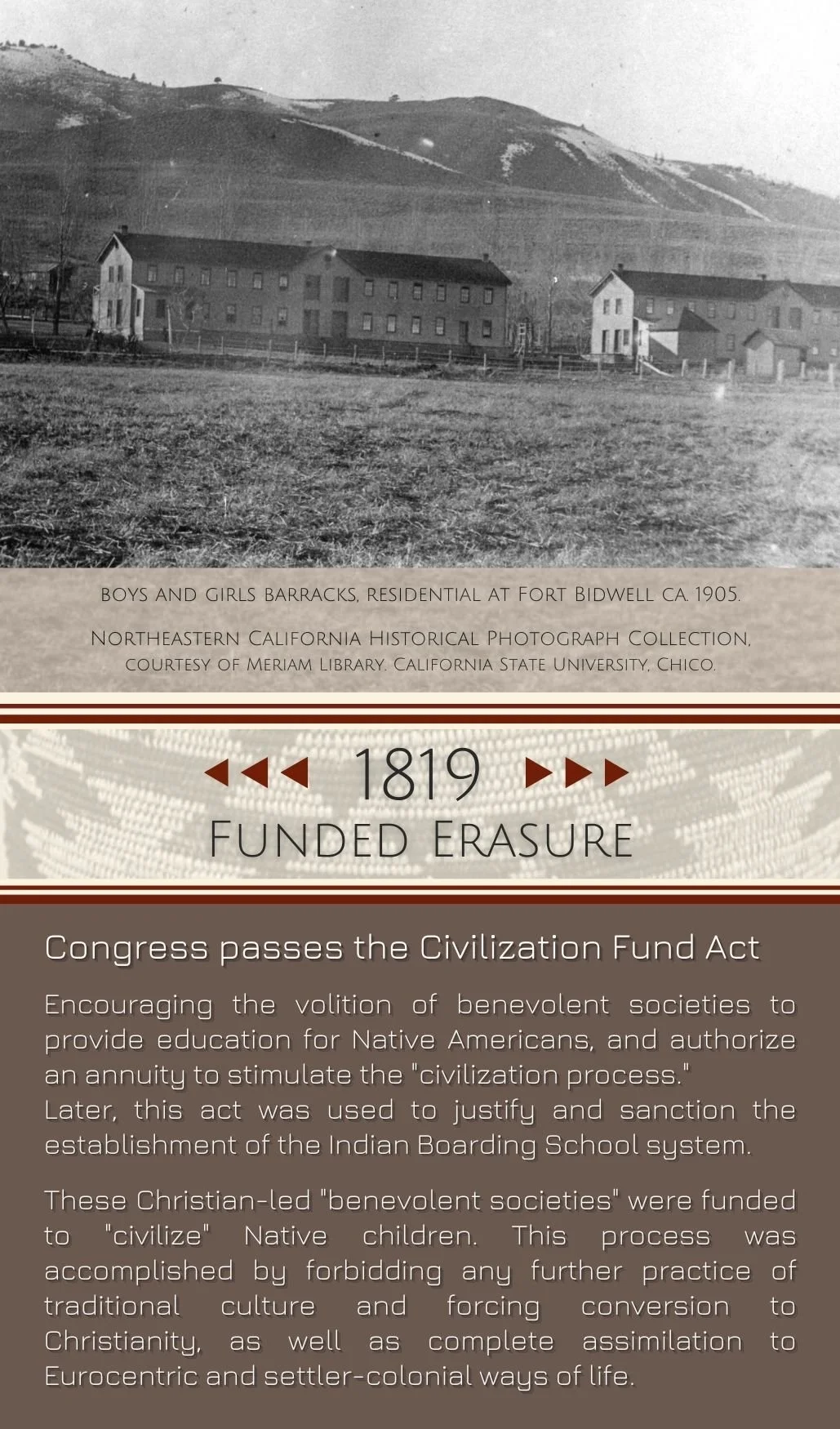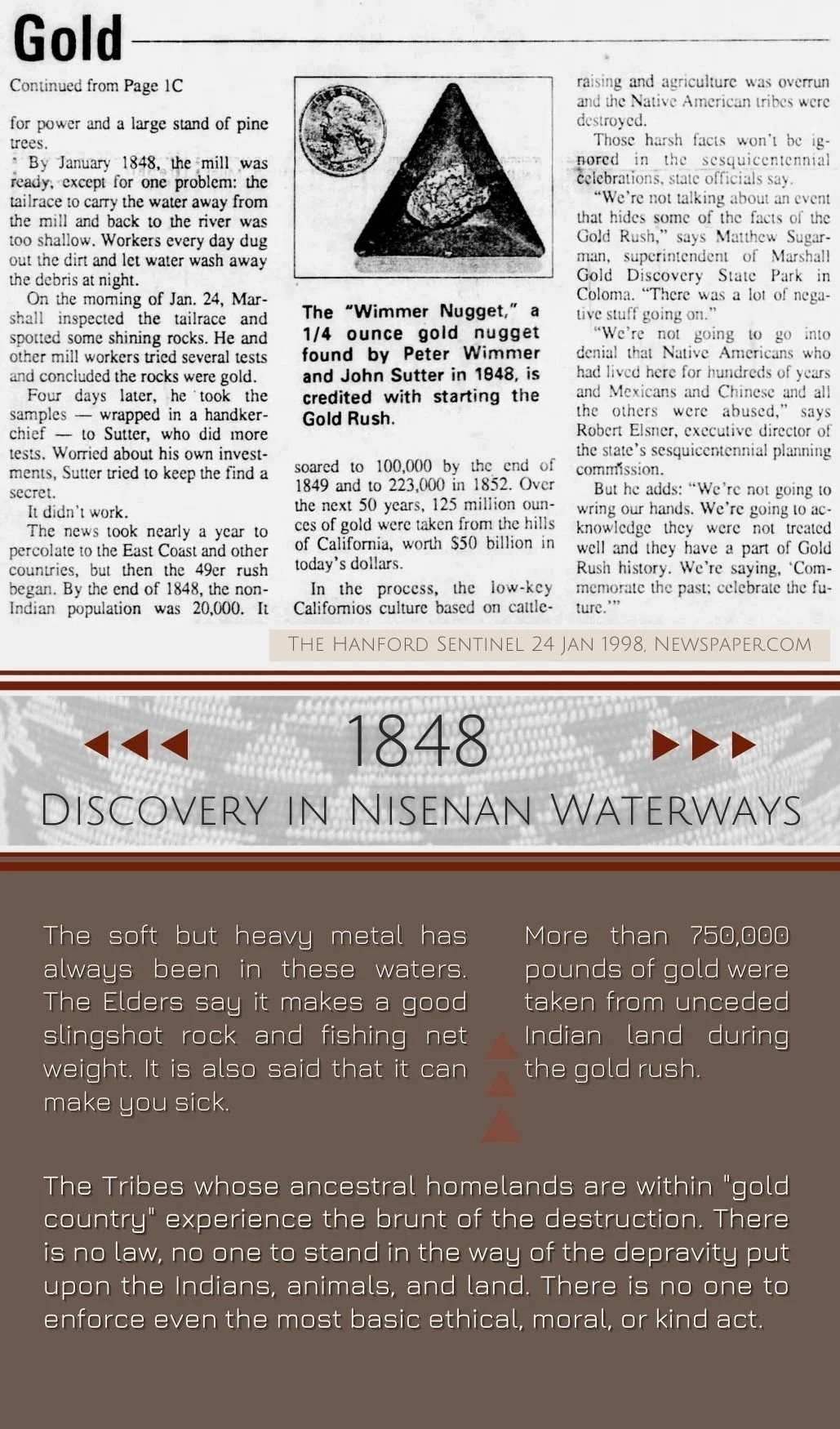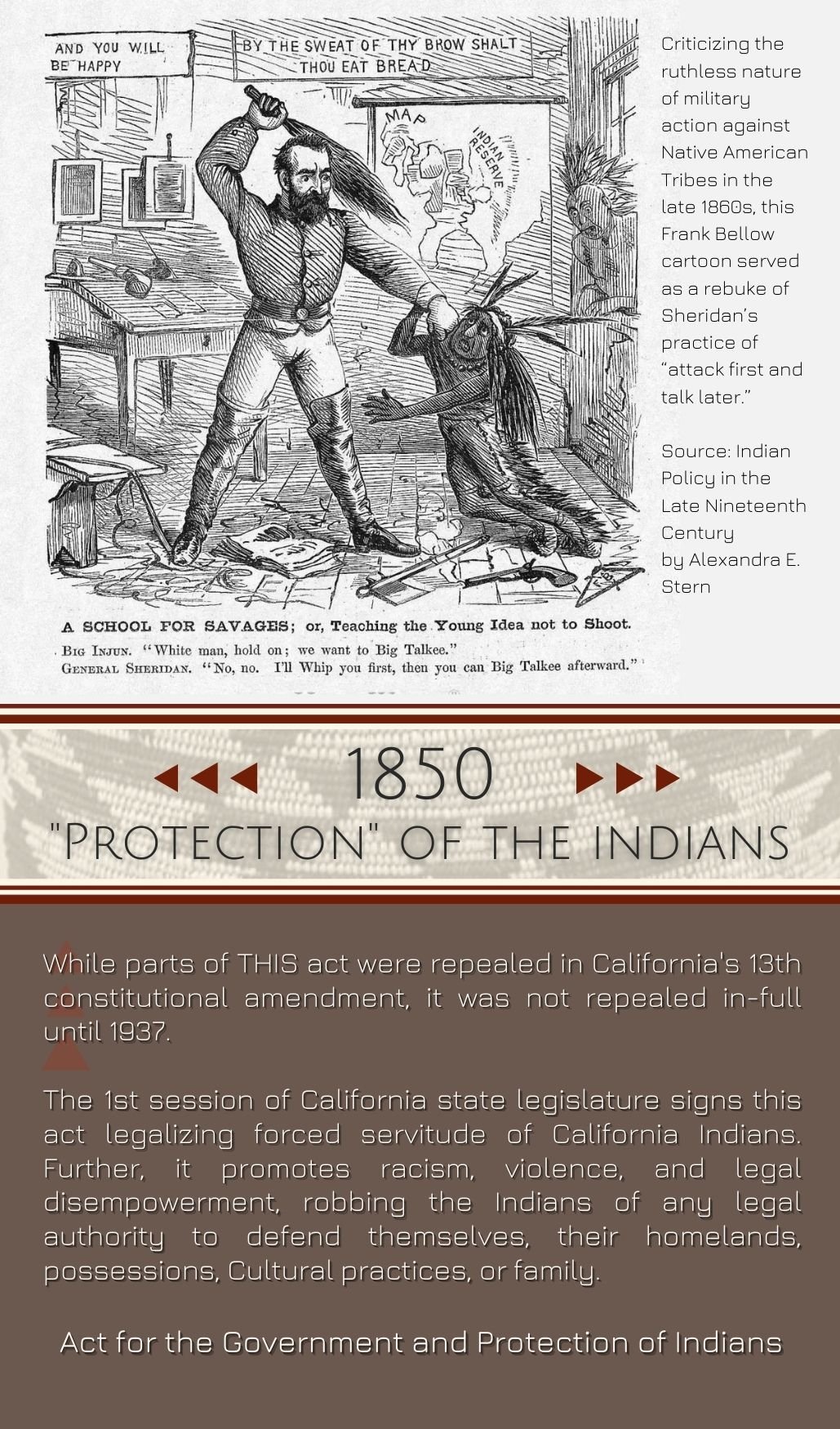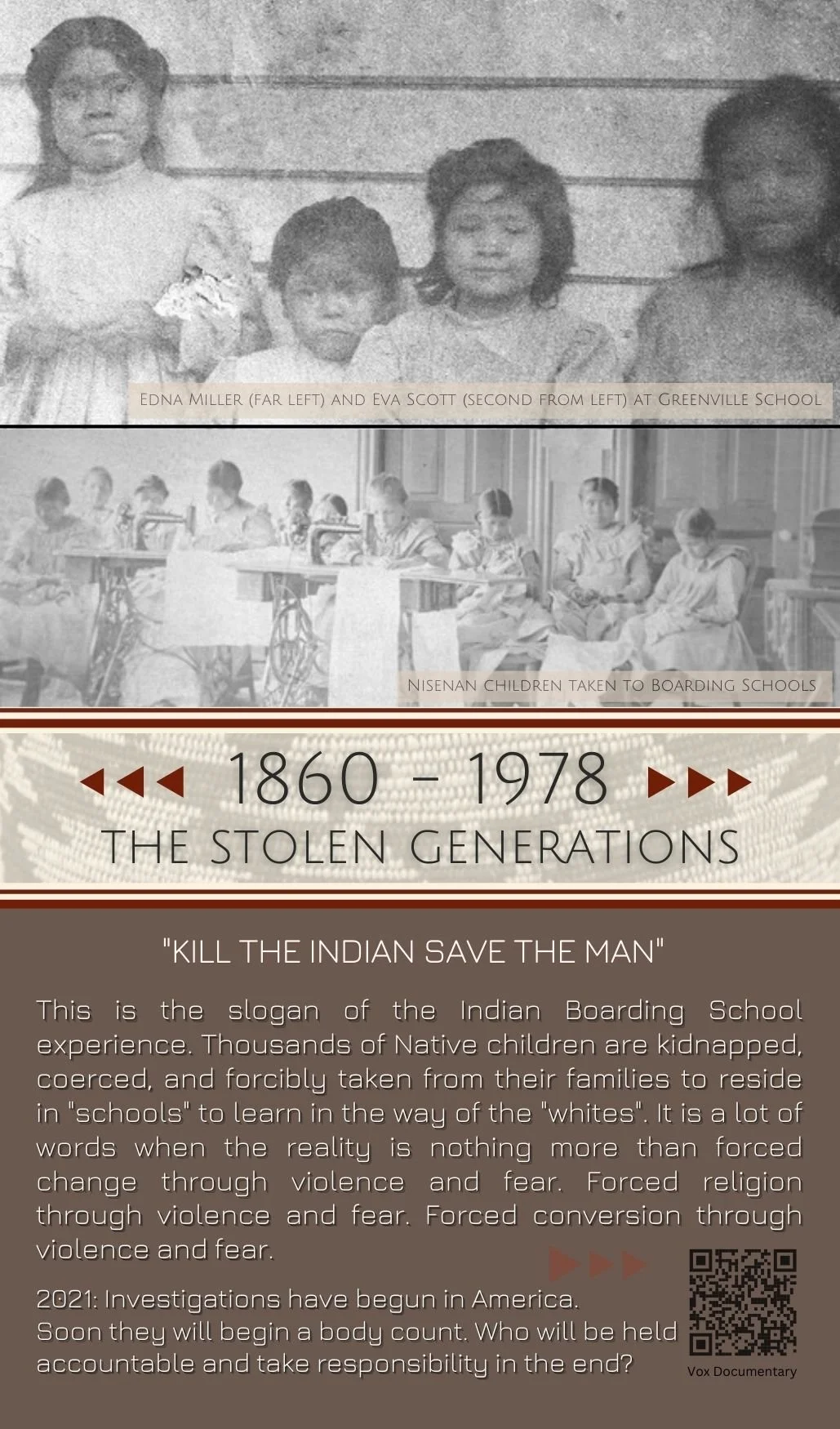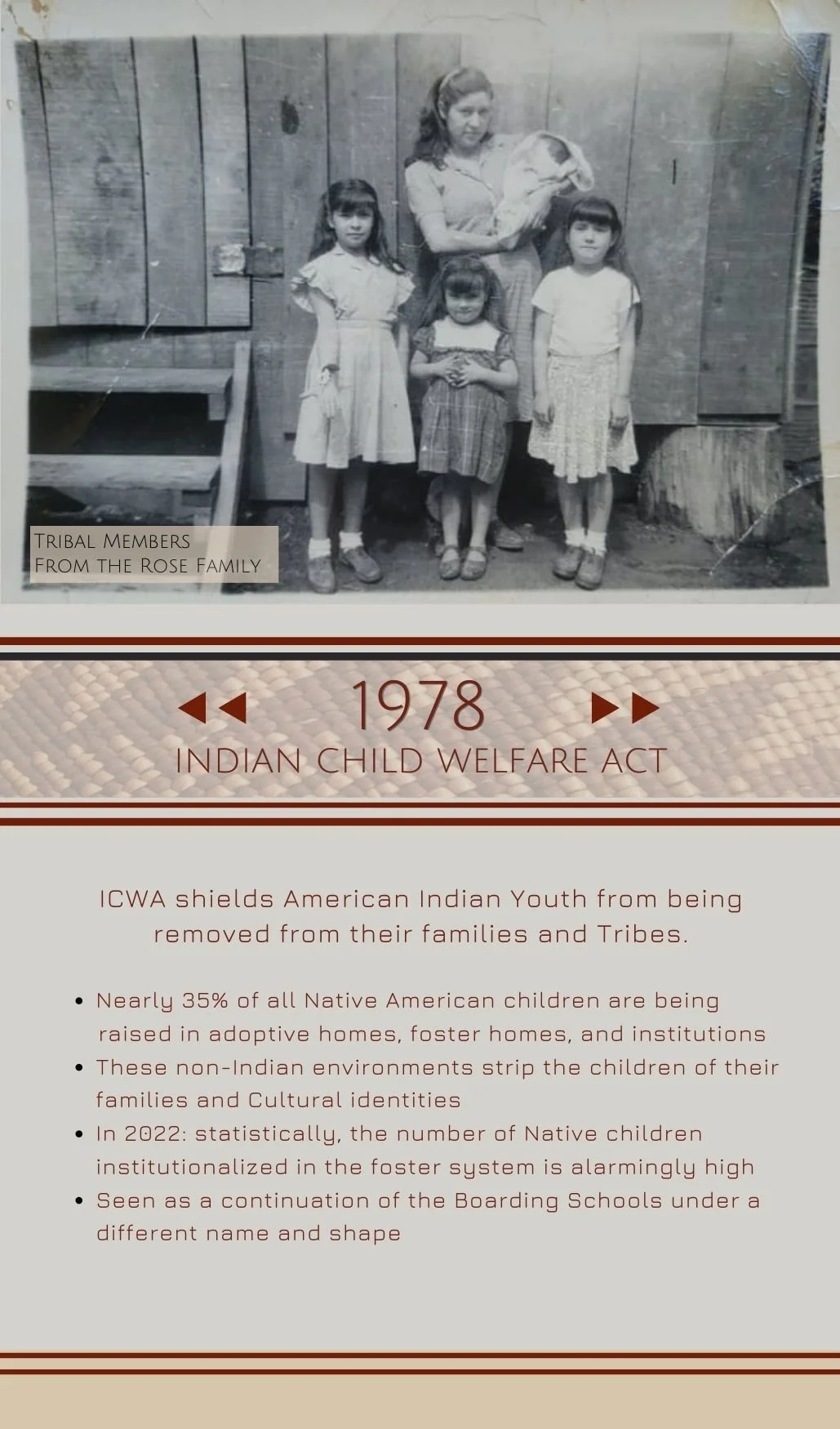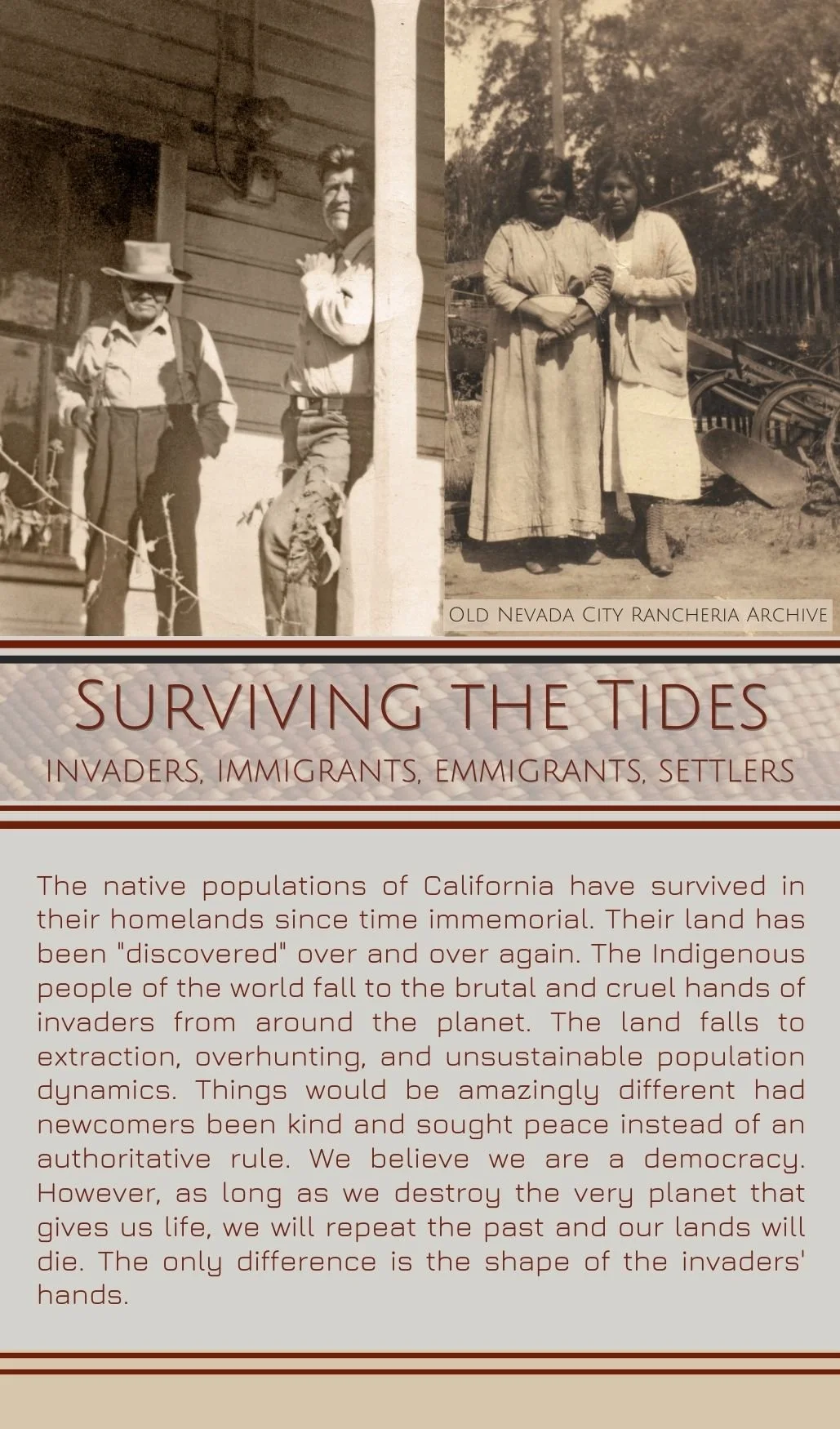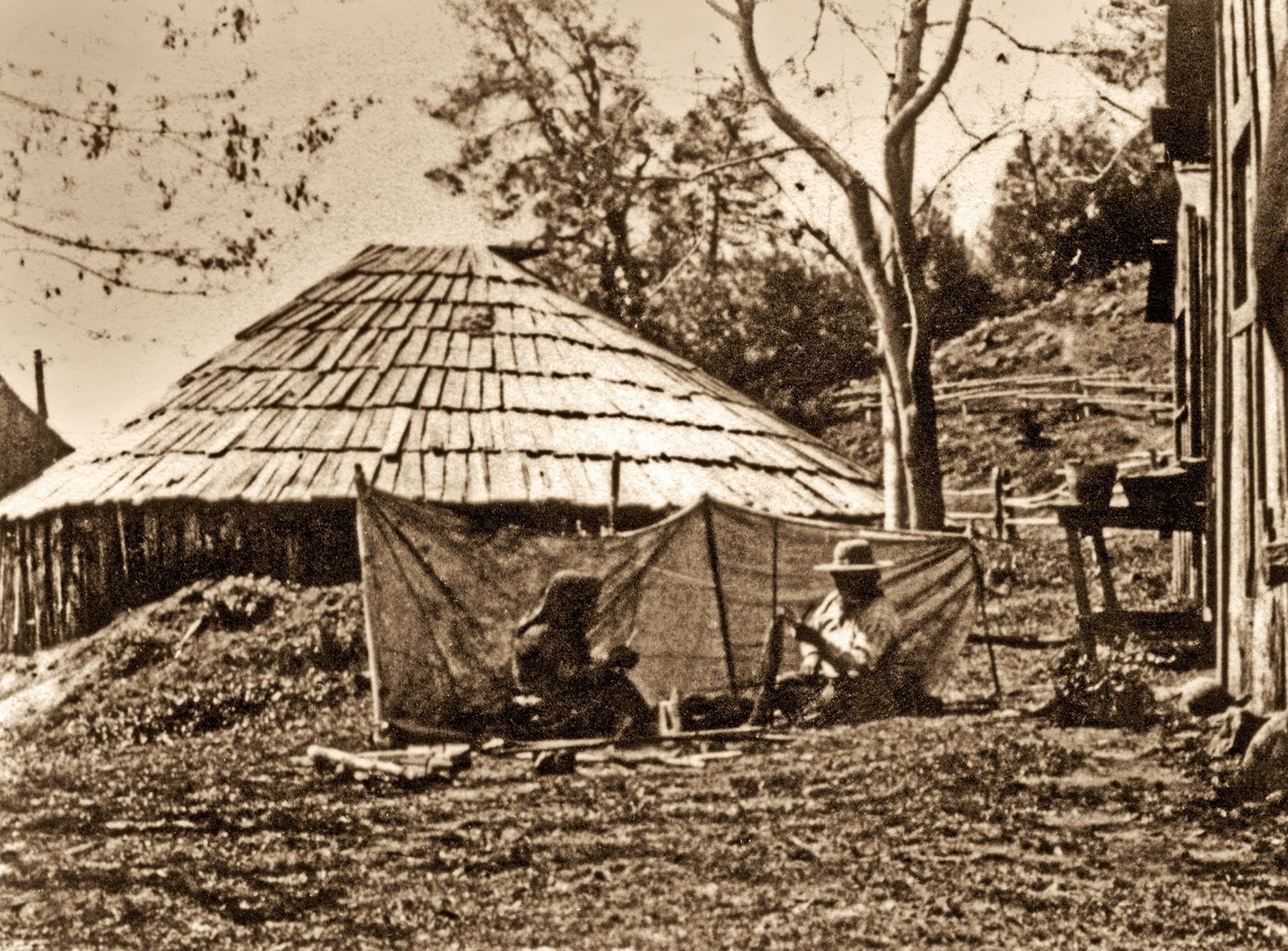
hamukum: Whispers Through Time
hamukum: Whispers Through Time
April 13th 2023 - January 30th 2024
Utilizing art, imagery, historic photographs, documents and interactive elements, this exhibit explores pivotal moments in history from the Nisenan perspective. In locations like Nevada County, an epicenter of gold rush destruction and Native genocide, recorded history is told solely from the settler perspective. Exclusion of the Indigenous narrative from written and historic records intensifies their alienation and erasure. Previously unheard... Whispers through time are shared within this exhibit.
hamukum: "...they said long ago..."
CHIRP’s VTA Art Collection Artists Included: Amanda Ashley, Nikila Badua, Andy Cerrona, Mira Clark, Jennifer Rain Crosby, Jose Dominguez, Jenny Hale, Dani Joy, Jarod Kane, Sean Leydon, Miles Toland, Leilani Webb.
Seven new short films exhibited in ‘Uba Seo’s custom theater
Old Curly, Basket Maker c. 1901. Image courtesy of the Peabody Museum of Archaeology and Ethnology, Harvard University, 2004.29.3904
Stone Grinding Bowl, These Traditional Grinding Bowls were portable and passed down within a family for countless generations. These bowls were sometimes broken and buried when their Nisenan companion died.
The name Old Curly associated with this photo most likely comes from the word kule, the Nisenan word for woman. This photo was taken at Pan Pakan (Anthony House which is now under Lake Wildwood).
Yuba Alive CHIRP's VTA 2017 Collection, Andy Cerrona, cerronadesign.com, Digital Sketch, Celebrating the life-giving force of the 'Uba (Yuba), and the beautiful canyon that it feeds. Expressed through shapes and angles.
Bringing visibility to the Nevada City Rancheria Nisenan Tribe is paramount in undoing our erasure. While most of our stories and histories are "local," the Nisenan had a national impact as well. Gold taken from our homelands tipped the scales of the Civil War and paved the way for the modern America we know today.
This Paiute basket is of very similar construction to the weaves of the Nisenan people. Notably unique to Paiute tradition is the beaded pattern and the materials that were harvested in their geographic region. Nisenan baskets were made with Willow, Red-bud, Grapevine, and Sedge Root. Unfortunately, we don't have access to a Nisenan example from the early years. Traditional weavers are beginning to revitalize this practice and newborns are experiencing the old comforts and stability of these amazing baskets.
"Digger" was a very derogatory term applied to most Tribes in the West who dug roots for food. The term came to refer to Native Californians, particularly those in and around the mining areas such as the Nisenan Tribe.
“Coyote” mixed media, by Amanda Ashley and Mira Clark. The Coyote is featured in the cosmology of numerous Indigenous peoples of the area now known as California. In many stories, he is a major Sacred character with divine creative powers; in others, he is a malevolent and often comical trickster. In some stories, he combines both roles.
'estom yanim, Mira Clark, existinspired.com, Pressed Local Leaf Collage, These leaves were collected entirely from downtown 'ustomah aka Nevada City. The leaves recreate the sacred landscape of 'estom yanim the (Marysville Buttes). This mountain and the original place names are incredibly important for the Nisenan.
Remembering and Ravens CHIRP's VTA 2019 Collection, Miles Toland, milestoland.com, Acrylic on Birch, The Ravens in the painting symbolize the Nisenan who were tragically mistreated, displaced, and murdered during the greed and entitlement of the gold rush.
Return CHIRP's VTA 2022 Collection, Jennifer Rain Crosby, jenniferraincrosby.com Handcrafted oil paints on wood panel. Some colors were gathered locally,
Old Sadie at the Nevada City Rancheria, circa 1907. A common prejudice white settlers had of the Nisenan was that they were constantly "dirty", sitting on the ground, digging in the dirt, and covered in the dirt sometimes. The Nisenan knew mud would keep the mosquitoes and flies off of them, and they used mud as a base for other pastes and mineral compounds that were good for the body. The Nisenan lifestyle was a culmination of thousands of years of adaptation, tradition, and skill.
Blood in the Water, CHIRP's VTA 2021 Collection, Jarod Kane, Acrylic on Wood Panel, This piece represents the meeting of two opposing perspectives; value of the environment above all, versus the value of environmental exploitation.
Story of Oak CHIRP's VTA 2021 Collection, Jennifer Rain Crosby, jenniferraincrosby.com , Handcrafted oak gall inks and egg tempera paints on paper, The Nisenan lived in harmony with the land for thousands of years before settlers came to California. It is our hope that in the near future the Nisenan will regain Federal Recognition, revive their Culture and restore harmony with the land.
Basket created by Nisenan Tribal Ancestor…The Nisenan honor their baskets as living beings, said to each have its own spirit. Although basket weavings are some of the oldest recorded textiles found in the world’s history dating back 12,000 years, it is difficult to preserve them, as their natural materials wear out with age, and return to the earth in a living-dying cycle of life.
The baskets allude to the people of this region that skillfully crafted them. Many of the creators of the baskets are no longer here, but their descendants still remain.
Last Harvest CHIRP's VTA 2021 Collection, Jose Dominguez, Oil on Canvas, thebuilders.tumblr.com, This piece, “last harvest” is a still life of objects that symbolize colonization and the destruction of the land and the Indigenous people that lived here.
On March 3rd, 1819 the United States passed the Civilization Fund Act, establishing legislative permissions to imprison and de-culturalize Native American children. The "Indian Boarding School Era", empowered by the ideology "Kill the Indian, save the man," attempted to forcibly assimilate thousands and thousands of Indian children between 1860 and 1978.
Old Newspaper Clippings reference the Nisenan "Digger Indians," and illustrate the mostly negative social perspectives of these times.
A collection of old Nevada City Rancheria Photos.
nik'i kah kah' (my sisters), Leilani Webb, Mixed Media, Featured left to Right: Doris Vaughan, Virginia Covert, and Alberta Gallez, (maiden name Rose). These are three of the six sisters known locally as the "Rose Girls."
Our Ancestors: Potts and Hanson Uncles at Greenville Indian School, There were two types of Boarding Schools in California: those functioning on reservations (or rancherias) and those that were off-reservation. Three off-reservation institutions in California were the Sherman Indian Institute in Riverside, the Greenville Indian School (aka Greenville Industrial School), and the Fort Bidwell Indian School.
The Flicker Feather is widely used when creating traditional California Ceremonial Regalia. This old photo is from the Nevada City Rancheria Nisenan Archive.
Nisenan Leaders and three Treaty Commissioners signed The Camp Union Treaty in 1851, Photo enhanced by Jearrod Fountain, (Broken Treaties Leave California Tribes Landless)
True Names, CHIRP's VTA 2019 Collection, robert “Bo” Blain, Lawfully acquired aluminum street signs and spray paint
Nevada City Rancheria Tribal Council Photograph Left to right: Saxon Thomas Member at Large Sarah Thomas Member at Large, Lorena Davis Treasurer, Ginger Covert Vice-Chairwoman, Richard Johnson Chariman, Shelly Covert Secretary and Spokesperson, Photograph Courtesy of Sean Leydon
I Still Live Here, Jenny Hale, Watercolor, Digital collage, LED-backlit, Collaboration with Nevada City Rancheria Tribal Vice-Chairperson Ginger Rose Covert, and CHIRP
"The landscape was not empty when gold was "discovered" in Nisenan Territory. However, the larger tracks of "free land" being offered to settlers were already home to thousands of people. The park-like settings that early miners encountered were actually the product of thousands of years, and thousands of hands, working to encourage the landscape through Native stewardship" Taylor's words depict the destruction that mining has brought to this once-pristine landscape.
The Earth Abides, Jenny Hale, Watercolor, Digital collage, LED-backlit, Collaboration with Nevada City Rancheria Tribal Vice-Chairperson Ginger Rose Covert, and CHIRP
kum at Pan Pakan, This is a traditional Nisenan Roundhouse covered with dirt as was the old way. Photo Courtesy of the Peabody Museum of Archaeology and Ethnology, Harvard University, 2004.29.3903
View of shacks at Campoodie in Nevada City, circa 1907, The origin of the name "Campoodie" is a mystery, but in Nisenan, -hu is home, and -di is here. Settlers thought that the Indians were nomadic and just "camped" everywhere. Thusly, they called many Nisenan settlements "Indian Camps" as though they were impermanent. Campoodie would translate to The place where my home is.
hamukum Timeline
Special Thanks to Event Photographer Sean Leydon for the new Tribal Council Photos.
